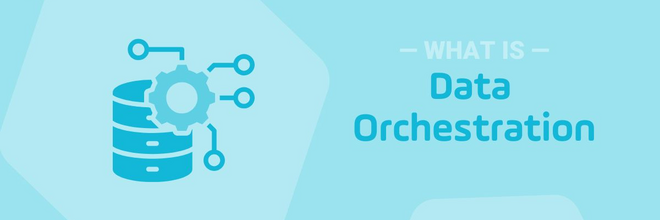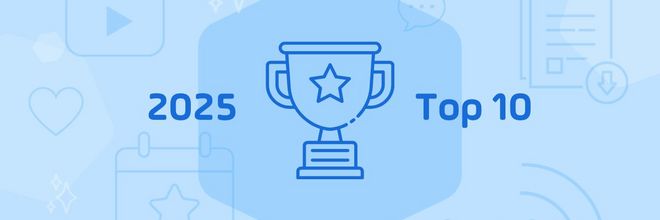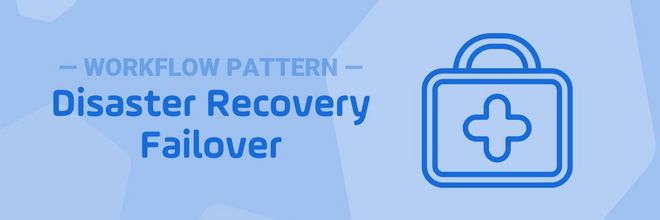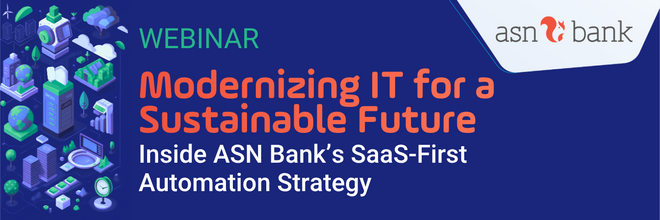Key Features of Job Scheduling Software and What’s New
Job scheduling software has changed a lot since its inception. Here, we highlight several of its newer functions that enable automation across your entire landscape.
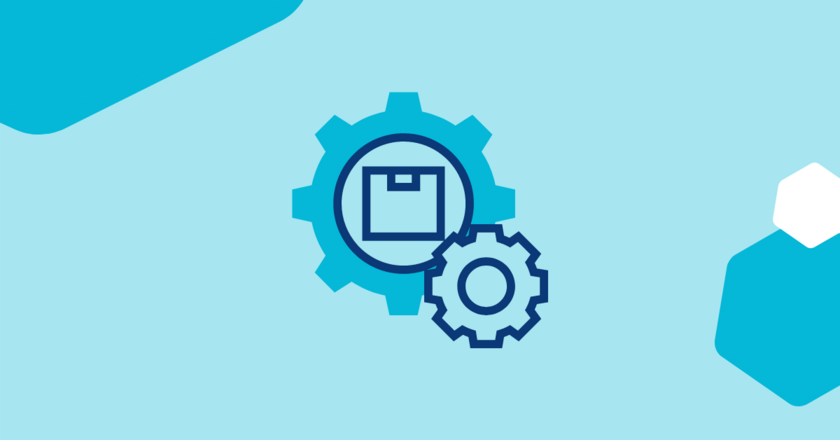
Although there are now countless ways to automate IT processes across an enterprise, in the beginning, there was job scheduling software. IT automation has come a long way since then, but many of the principles found in today’s modern workload automation solutions are still founded on the core tenets of those initial job schedulers.
Job scheduling was developed to help IT operations teams automate their IT tasks. According to Gartner, these tasks were executed on a mainframe or distributed environment. The idea was that with the ability to schedule jobs to run ahead of time, IT ops could focus on more complex manual work. Job scheduling therefore reduced workload and increased efficiency. With advancements in IT technology, and as IT became more foundational to modern enterprises, job scheduling became less of a quick fix. Companies began to realize that as their IT infrastructure and operations needs increased, their environments multiplied, resulting in silos and enterprise-wide inconsistencies.
The Job Scheduling Landscape
As things currently stand today, there are really four different job scheduling software types:
- Free and native schedulers for operating systems – basic in-built schedulers which offer limited functionality that only run jobs within that specific ecosystem. You would find these embedded in Windows and Linux environments. You could also argue that cloud schedulers are native schedulers for cloud environments like AWS, Google Cloud, etc.
- Schedulers for specific applications – schedulers designed to automate tasks within a particular application. These are typically light weight, and again, only support the software they are built for.
- Enterprise job schedulers – scheduling platforms with the ability to run jobs cross-application, cross-environment, and cross-system, enabling more complex workflows. Job schedulers are based on batch jobs, meaning they will typically be set to run nightly or monthly, depending upon the job.
- Workload automation – having evolved from job scheduling, and often used interchangeably with the term “enterprise job scheduling,” workload automaton (WLA) platforms do everything that enterprise job schedulers do. The biggest difference is that workload automation triggers jobs and workflows based on events, and on a much larger scale. Event-based triggers run in near real-time, meaning that the job is triggered as soon as an event happens, eliminating the need for complex handling scenarios and daily plans. There are some additional differences, but we’ll cover that below.
Rather than being limited to one specific server, environment, or small set of applications, enterprise job scheduling software offers IT the capability of creating jobs and workflows that run across environments and instances. As an example, an IT environment that might previously have resembled a series of neighboring skyscrapers, unable to communicate back and forth, would become more like an interconnected subway system. In other words, IT teams could break down existing data silos and were thereby enabled to run jobs, workflows, and data between each system.
The newest generation of job scheduling software offers these seamless enterprise-wide capabilities, as well as several other key components that can transform the way organizations operate. Let us now dive deeper into these advanced capabilities and learn how they can benefit organizations with real-life use case scenarios.
Newest and Upcoming Job Scheduling Features
Error and Delay Reduction—Across the Enterprise
No matter what title they hold or what level of professional experience they have, one thing remains true of all IT professionals: they are all human. Humans are prone to error. Early job scheduling software significantly reduced errors and downtime by automatically completing workflows that could previously only be completed by a human hand. But scheduled workflows were also prone to errors, being tone deaf to external factors, conditions, or triggers that might delay or cause problems with completion.
Modern IT automation solutions combine the traditional linear automation concept of job scheduling with the real-time event trigger approach of workload automation. The output is a solution that allows for intelligent workflows that only run if certain conditions are met. Errors and delays are thus vastly reduced. IT operations can rely on the software to complete large portions of their daily, weekly, and monthly tasks, regardless of conditions or current state.
Real Life Example: Read about how Groupon eliminated automation downtime with Universal Automation Center.
Control All Automation from a Single Solution
Basic native job schedulers, both past and present, offer monitoring and some level of control. But this control does not extend beyond the application / platform to which the job scheduler belongs. Workflows can therefore also only be native to that application, greatly limiting the environment’s efficiency and scalability.
In contrast, today’s workload automation platforms, which include enterprise job scheduling, hover over all systems, environments, and applications in the IT landscape. These schedulers act as a centralizing platform, simplifying complex hybrid environments and increasing cross-system transparency.
Real Life Example: Learn how Blue Bird gained control and centralized operations by migrating to UAC.
Designed with All Users in Mind
Job scheduling as a concept originated in the IT department, and therefore was initially tailored to the needs of IT operations. As business has modernized, however, IT automation’s role has expanded to such an extent that it is nearly impossible to expect that only one type of end user will interact with the software. Business application types such as ERP and BPM must also be taken into account when selecting a job scheduling solution, as many organizations seek to unite the automation of their business processes, services, and IT tasks under one umbrella.
Modern automation solutions can now be configured to fit business requirements first and foremost. Using unique dashboards, permissions, and the management of member services, modern schedulers scale to support all types of end users. The goal is to ensure a user-specific environment with simultaneous functionality and ease of use.
Design and simplicity should not end with permissions; the best schedulers of today and tomorrow offer user friendly software that is visual, comes with a web-based GUI, and requires no knowledge of code. These solutions also offer fast, remote installation and updates that do not require a visit from an engineer.
Real Life Example: See why SECURA Insurance selected UAC for or ease of use, improved visibility, and superior support.
Expanded Cloud Capabilities
When job scheduling was first created, the concept of cloud was relegated purely to science fiction. Initially mainframe, and then distributed environments, are where the bulk of job scheduling software lived and thrived. While the goal for many companies is to be 100% in the cloud, the reality is that most enterprises continue to run on-prem technology in addition to newly added cloud services – all under a hybrid IT strategy.
Scheduling workflows that run between your mainframe, distributed servers, private cloud, and public cloud is a new priority for enterprises that have started a migration to the cloud. Much like the early days of job scheduling, there is now a whole new set of system siloes that workflows must break through.
Future-focused schedulers act as a central, agnostic platform from where automation within the entire hybrid IT landscape, inclusive of hybrid cloud and multi-cloud, can be easily monitored and managed. These modern automation tools integrate bidirectionally with all platforms and applications via agents or REST APIs. The right solution will be able to automate just about any enterprise tool you are using.
Lastly, while enterprises are shifting to the cloud, it’s increasingly important to have an IT automation solution that lives in the cloud as well. The most modern job scheduling software is deployed via a SaaS model, acting as the glue that connects your entire hybrid IT strategy.
Finding the Right Job Scheduler for Your Enterprise
At this point, you have a pretty good idea of where job scheduling software came from, where it is now, and what direction it’s headed in. When evaluating which solution you should adopt, it’s important to identify and align to the needs of your organization. As we mentioned in the beginning, there are countless automation options. The best recommendation is to focus on what you absolutely need today, while keeping a steady eye on what you’ll need tomorrow.
Start Your Automation Initiative Now
Schedule a Live Demo with a Stonebranch Solution Expert



